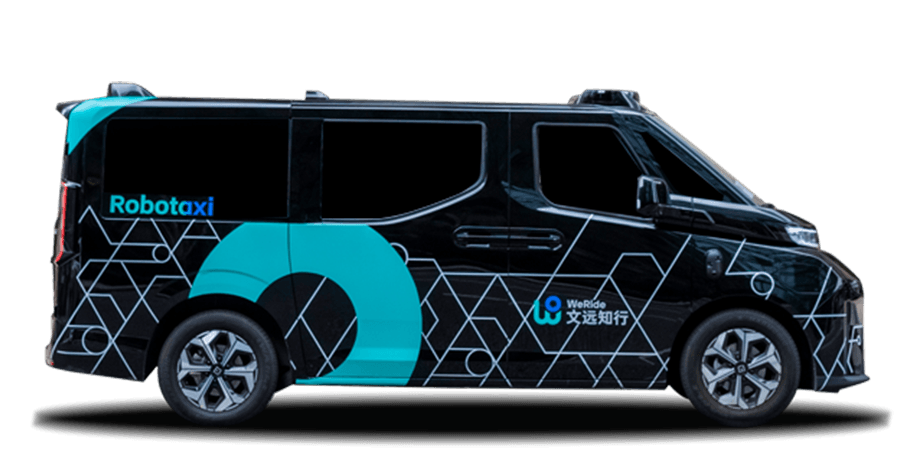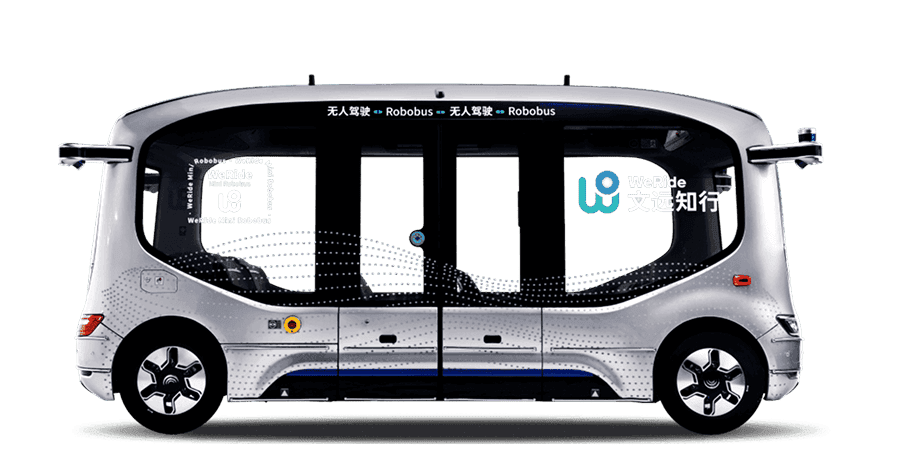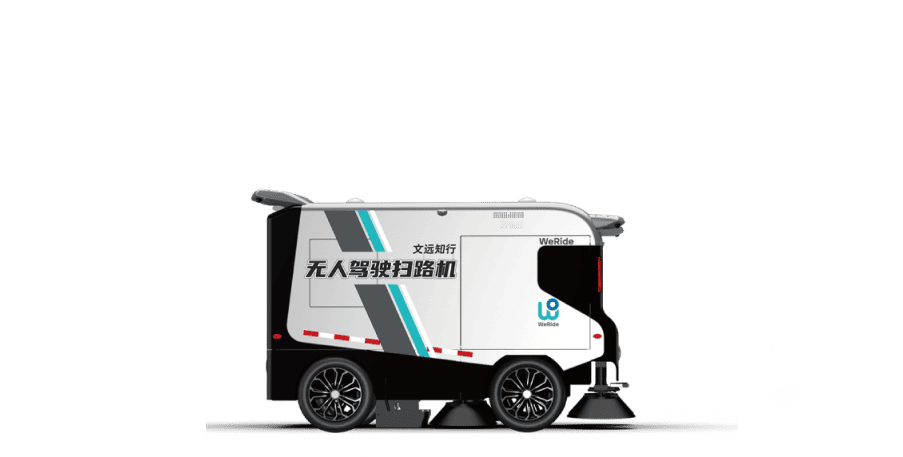By adopting our WeRide One unified approach, our technology stack and operations capabilities cut across all application scenarios, with the utmost effectiveness and efficiency. Our technology stack is designed in-house as no commercially available alternatives could meet our stringent requirements or integrate as seamlessly.
This technology stack is built on four core elements: infrastructure and core capabilities, data, technology solutions, and an operations platform.
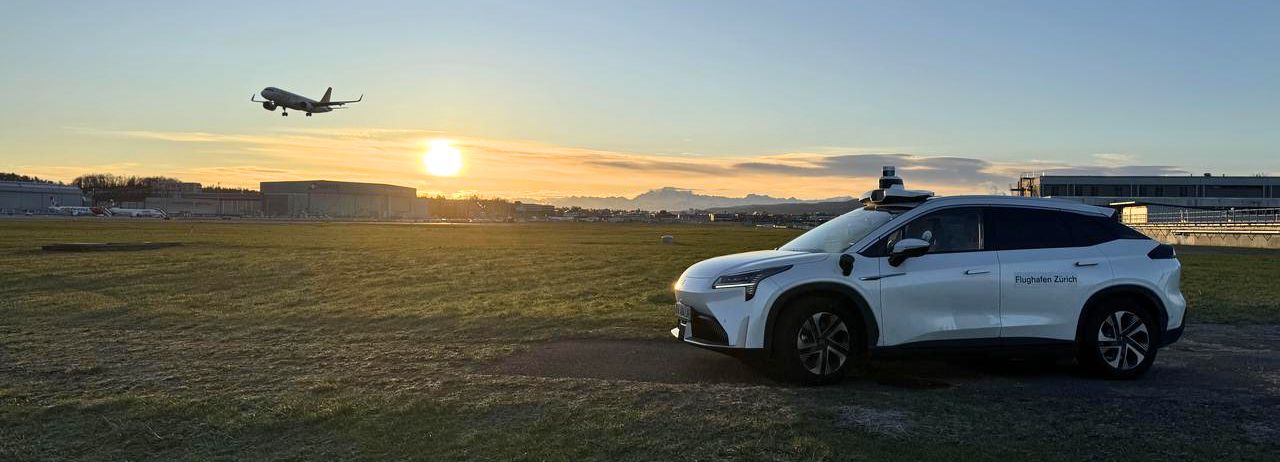
All of our services are offered on a market-proven, unified platform that can be utilized for deployment and day-to-day operations. We leverage this platform to replicate our successful deployment experience in new markets. Operationally, we also utilize this platform to manage dynamic trip demand, enhance vehicle utilization, and improve passenger experience.
With this platform, we have significantly reduced the time to market for entering new verticals. We have launched a broad range of autonomous products, from L2 to L4, addressing the vast majority of transportation needs across the widest range of use cases on open road across mobility, logistics, and sanitation.
The versatility of WeRide One is reflected in both hardware and software. By customizing core modules, WeRide can flexibly adapt to different vehicle models simply by adjusting the number of perception components. At the same time, the algorithm can adapt to different sensor configurations and vehicle models, allowing different autonomous vehicles to operate using the same algorithm.
By leveraging shared core algorithms and hardware infrastructure, we can rapidly develop and deploy integrated software and hardware solutions for new vehicle models and new scenarios. This enables us to efficiently enter and expand in new market segments.
WeRide's self-developed end-to-end AI model considers real-world complexities when executing driving tasks, such as interactive decision-making with bicycles, pedestrians, and other vehicles in busy urban traffic. It can also predict potential scenarios with high accuracy and coverage, providing analysis based on known information—for example, inferring the state of an obscured traffic light based on surrounding traffic conditions.
This end-to-end AI model is embedded in the WeRide One universal autonomous driving technology platform, enabling all types of WeRide autonomous vehicles to perform complex perception, prediction, and planning tasks with high efficiency. Its continuous learning and optimization create a flywheel effect, allowing WeRide to achieve high output efficiency with limited resource investment.

Our infrastructure forms the backbone of our technology capabilities, encompassing data processing and annotation, storage, collaborative distributed model and cloud-native development platform. We also have proprietary model training and inference platforms and an expansive suite of tools for simulation, incident analysis, and data analytics, among others. These capabilities have not only enabled the development of our solutions but are also important to broader AI applications that will be critical to our continued success and innovation.
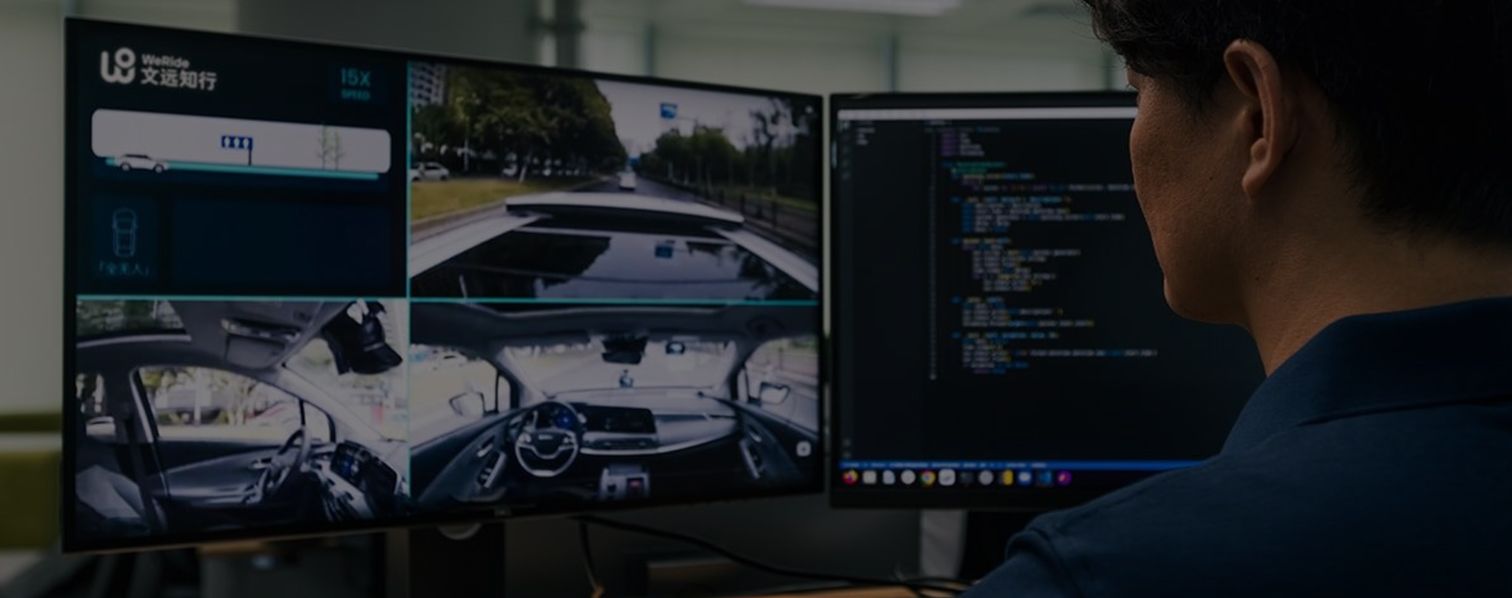
Data is the lifeblood of our development and training process. We are the only player globally with an extensive library of real-world data collected under L2 to L4 use cases from diverse vehicle types. We have generated data from over five years of operations and our partnerships. To date, we have accumulated over 40 million km of driving data. Additionally, we generate highly relevant synthetic data, which is capable of significantly reducing the time needed for data processing and greatly improving development efficiency. With our comprehensive datasets, we excel at covering corner cases for autonomous driving. As we accumulate more operational miles and encounter more diverse cases, and with the assistance of synthetic data and simulated scenarios, our models improve continuously.
Our infrastructure and core capabilities have allowed us to build highly capable, sophisticated autonomous driving technology solutions:
Leveraging precise localization and high level of active scene understanding, we offer both high-precision map systems, as well as map-less/light-map systems that enable vehicles to navigate effectively using multi-sensor data on both structured roads and no-lane environments, where our vehicles are capable of real-time map construction. Both systems are integrated into L2 to L4 use cases.
WeRide's End-to-End AI model that transcends the traditional modular framework of autonomous driving, enabling more efficient coordination between perception, decision-making, and planning. Unlike traditional rule-based hard-coded decision processes, WeRide's AI model considers real-world complexities when performing driving tasks. For instance, it navigates dynamic interactions with bicycles, pedestrians, and other vehicles in busy urban traffic.
It also excels in accurately and comprehensively predicting possible scenarios, delivering analytical insights based on available information. For example, it can infer the status of obscured traffic lights by analyzing surrounding traffic conditions.
We utilize a hybrid approach that combines a deterministic overlay with an end-to-end model. While pure end-to-end models have many benefits, they may not suit every real-world driving scenario. Our approach provides a balance of adaptability, reliability, safety, and transparency for the most robust and reliable commercial autonomous driving solutions.
Our AI agent simulator, used daily for model training, simulates the real-world complexity of driving on public road. It also stress-tests our vehicles through fuzzy logic, and fault and noise injection. This world model extensively simulates long-tail cases, enabling multi-factor validation for real-world deployment. Our AI agent simulator significantly reduces R&D burdens, allowing us to scale effectively using both real and synthetic data.

